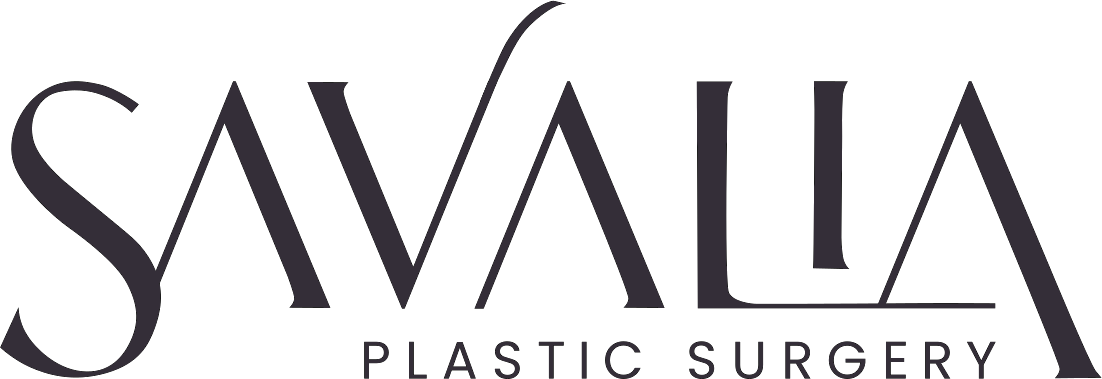Embarking on a Mommy Makeover journey is a transformative decision that offers women the opportunity to reclaim their bodies after the physical changes of pregnancy and childbirth. While the aesthetic results can be incredibly rewarding, the potential for scarring is an aspect that requires thoughtful consideration. In this blog, we will explore strategies for preventing and managing scars after a Mommy Makeover, ensuring that the journey towards post-pregnancy rejuvenation includes a comprehensive approach to skin healing.
Understanding the Nature of Scars:
Before delving into preventive measures and management strategies, it's essential to understand the nature of scars. Scars result from the body's natural healing process in response to surgery or injury. During a Mommy Makeover, incisions are made to reshape and contour various areas of the body, leaving scars as a byproduct of the healing process.
1. Preventive Measures During Surgery:
The first line of defense against conspicuous scarring begins in the operating room. Skilled plastic surgeons employ precise techniques to minimize trauma to the skin and tissues. This includes strategic placement of incisions in natural skin creases or areas easily concealed by clothing, reducing the visibility of scars.
Encouragement: Trusting in Surgical Expertise
It's crucial for patients to trust in the expertise of their plastic surgeon. Surgeons prioritize minimizing scarring, and their experience and precision play a significant role in achieving favorable outcomes.
2. Postoperative Scar Care:
Once the surgery is complete, postoperative scar care becomes a vital component of the recovery process. This involves adhering to the surgeon's instructions regarding wound care, avoiding excessive tension on incisions, and refraining from activities that may strain healing tissues.
Encouragement: Active Participation in Recovery
Patients are encouraged to actively participate in their recovery by following postoperative care instructions diligently. This includes keeping incisions clean, using recommended ointments, and attending follow-up appointments to monitor the healing progress.
3. Scar-Reducing Topicals:
Advancements in skincare have introduced various scar-reducing topicals enriched with ingredients such as silicone, vitamin E, and onion extract. These topicals aim to hydrate the skin, improve elasticity, and diminish the appearance of scars over time.
Encouragement: Consistency Is Key
Consistency in applying scar-reducing topicals is essential for their effectiveness. Integrating these products into a daily skincare routine promotes optimal skin healing and supports the gradual fading of scars.
4. Scar Massage and Compression Garments:
Scar massage is a therapeutic technique that involves gently massaging the healing incision site. This helps break down scar tissue, improve blood circulation, and promote more flexible, pliable scars. Compression garments, worn as directed by the surgeon, can also contribute to minimizing scar prominence by applying uniform pressure to the incision areas.
Encouragement: Gentle Care for Healing Skin
Engaging in scar massage and following the recommended compression garment regimen demonstrates proactive care for healing skin. These measures aid in optimizing the healing process and reducing the long-term visibility of scars.
5. Sun Protection:
UV radiation from the sun can cause scars to darken and become more noticeable. Sun protection, including the use of sunscreen and avoiding direct sunlight exposure, is crucial in preventing hyperpigmentation and ensuring that scars fade gradually.
Encouragement: Shielding Scars for Optimal Healing
Viewing sun protection as a shield for scars is a positive perspective. Consistent use of sunscreen and protective clothing not only safeguards healing skin but also contributes to the overall health of the treated areas.
6. Laser Therapy and Other Scar Revision Techniques:
In some cases, advanced scar revision techniques such as laser therapy may be employed to further improve the appearance of scars. These treatments can target pigmentation irregularities, enhance collagen remodeling, and refine the texture of scars.
Encouragement: Exploring Options for Continued Improvement
Patients are encouraged to explore scar revision options with their plastic surgeon if they are dissatisfied with the progression of scar healing. Open communication allows for a collaborative approach to further optimize the aesthetic outcome.
7. Patience and Realistic Expectations:
Perhaps the most crucial aspect of scar prevention and management is cultivating patience and maintaining realistic expectations. Scar maturation is a gradual process that can take up to a year or more. Understanding this timeline is vital for mental well-being during the recovery journey.
Encouragement: Embracing the Healing Process
Embracing the healing process, including the gradual fading of scars, is a positive mindset that contributes to overall well-being. Recognizing the body's incredible ability to heal and regenerate encourages a sense of self-acceptance and appreciation for the transformative journey.
Preventing and managing scars after a Mommy Makeover is a multifaceted process that begins with the surgeon's expertise and extends to the patient's active participation in postoperative care. From precision during surgery to diligent scar care, patients play a pivotal role in optimizing the aesthetic outcome. By embracing scar-reducing topicals, massage techniques, and protective measures, women can contribute to the gradual fading of scars and enhance the overall success of their post-pregnancy rejuvenation journey. Remember, patience and realistic expectations are key allies in achieving the desired results, allowing individuals to confidently embrace their transformed bodies.
Dr. Savalia and Newport Beach Cosmetic Surgery is here to help, and serves Newport Beach and Orange County. Get answers to all of your questions, and a consultation to help you achieve the body you desire today. Contact us today to get started!



